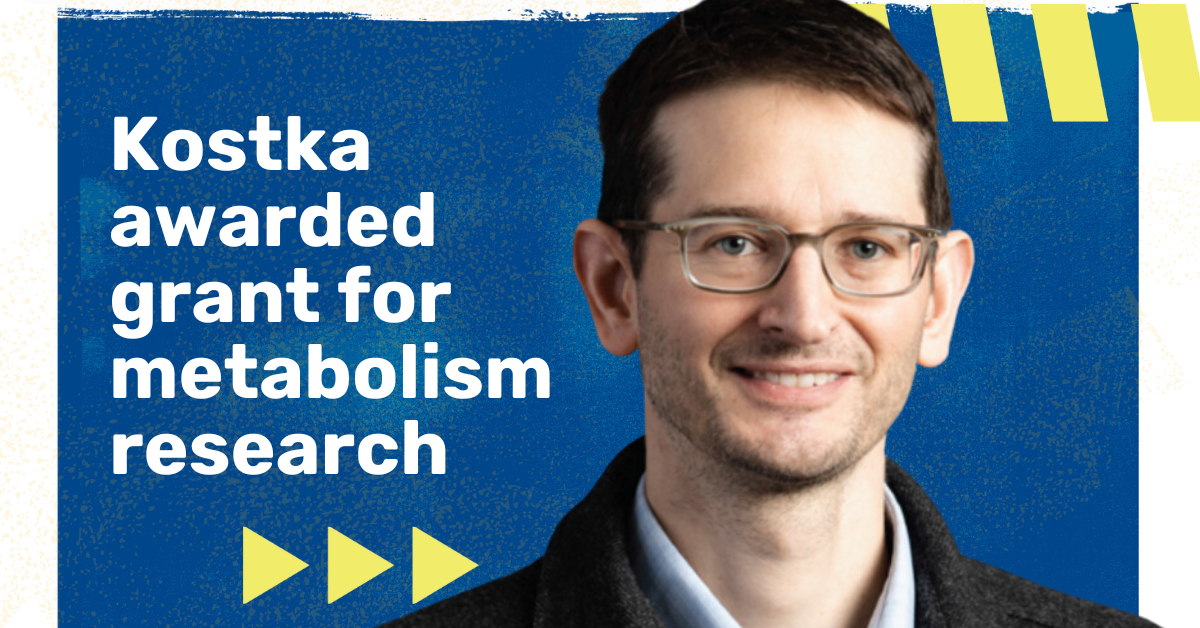Associate Professor Dennis Kostka was awarded a grant through the Chan Zuckerberg Initiative (CZI) to strengthen his research on single-cell genomics data in the context of embryonic development and heart disease.
Kostka is a principal investigator in this project, alongside Peter Nemes of University of Maryland, College Park and Cecilia Lo of University of Pittsburgh. Their research is titled “Metabolic Cell Heterogeneity in the Vertebrate Embryo.”
“We hope to find out how we can use RNA expression to model metabolite abundances and to learn about their distribution throughout the embryo and their dynamics during development,” Kostka said.
Metabolites are substances created when the body breaks down food or tissue. This process, known as metabolism, creates energy and the materials needed for growth and maintaining health.
CZI awarded this grant through “Measuring Metabolism Across Scales,” an initiative to support two-year collaborative research projects focused on measuring metabolism across organelles and cells. By focusing on metabolism, CZI aims to measure human biology, understand diseases and find treatments and cures.
Kostka will research gene expression and metabolite abundance during embryonic development, focusing on early left-right asymmetry, which is important in the context of congenital heart disease. The heart is an asymmetric organ, and the left and right sides are separated to drive blood circulation in mammals. Abnormal left-right patterning is associated with congenital heart defects.
To study this concept, Kostka and his team will collect data from their research on mice and frogs.
“So, we are interested in the differences in the metabolic state between the left and right sides of an embryo and between earlier and later stages in development,” he said. “It is harder to measure metabolic state in mouse cells, because they are tiny, so we also do it in frog. Then, we translate a model from frog to mouse.”
Kostka’s role in the project is to analyze the data from the other principal investigators and to create a computational model to predict metabolic states. He will look at the data and genes conserved between the mouse model and the frog model and use these as anchors to transfer the model between the two species.
“We have some work to do, specifically in designing such a model for the frog,” he said. “This has been done for humans and mice, but approaches haven’t been designed for frogs. That includes curating metabolic pathways in frogs and processing them in a certain way so that the modeling approach can work with them.”
Kostka plans to begin the computational stage of his study this summer. The research that these scientists will collect on frogs and mice also has potential applications to medicine, such as the understanding of congenital heart disease.
“The better we understand left-right asymmetry, which is essential for the function of a healthy heart, the better we can understand congenital heart defect,” Kostka said. “That has implications in the diagnosis of and management of patients.”


